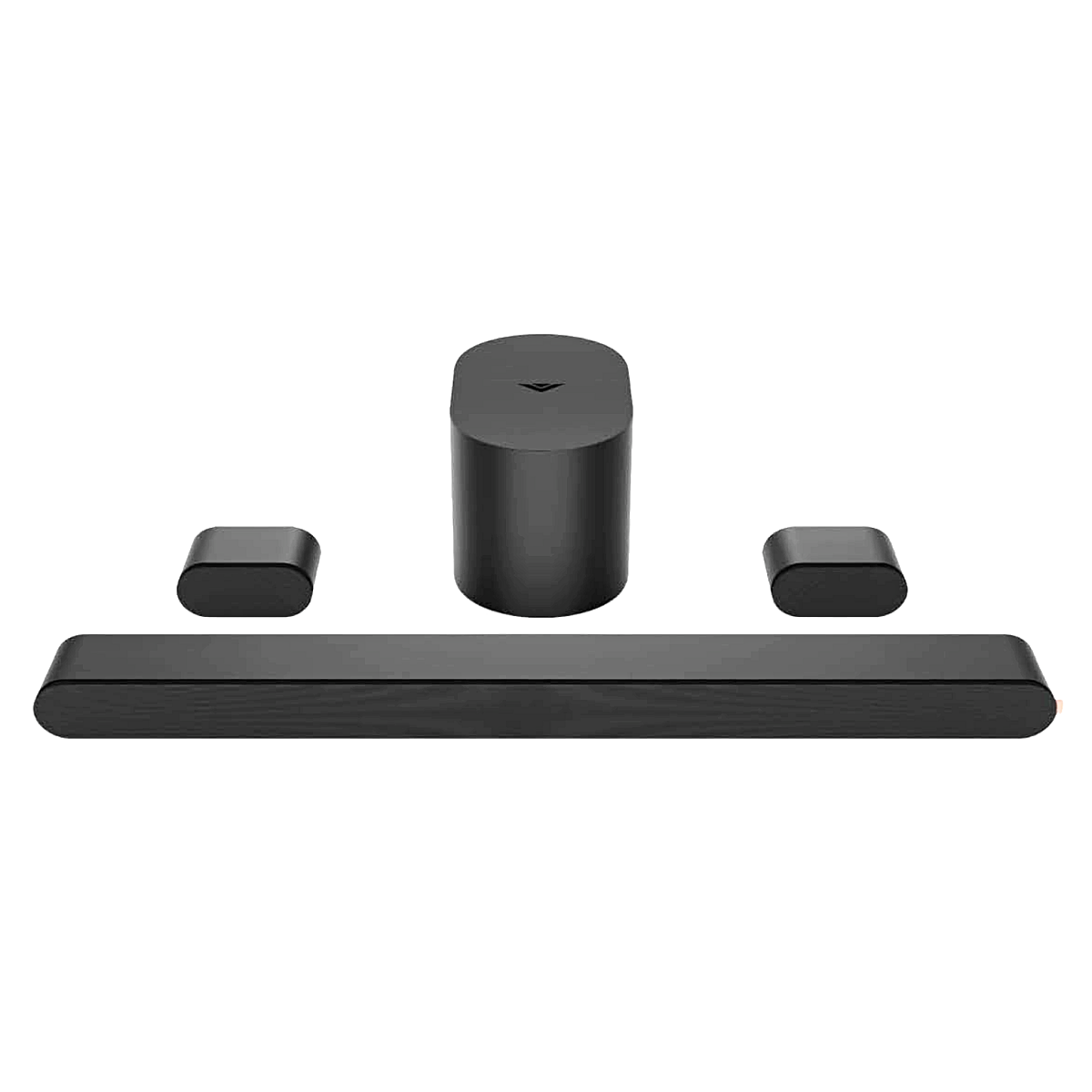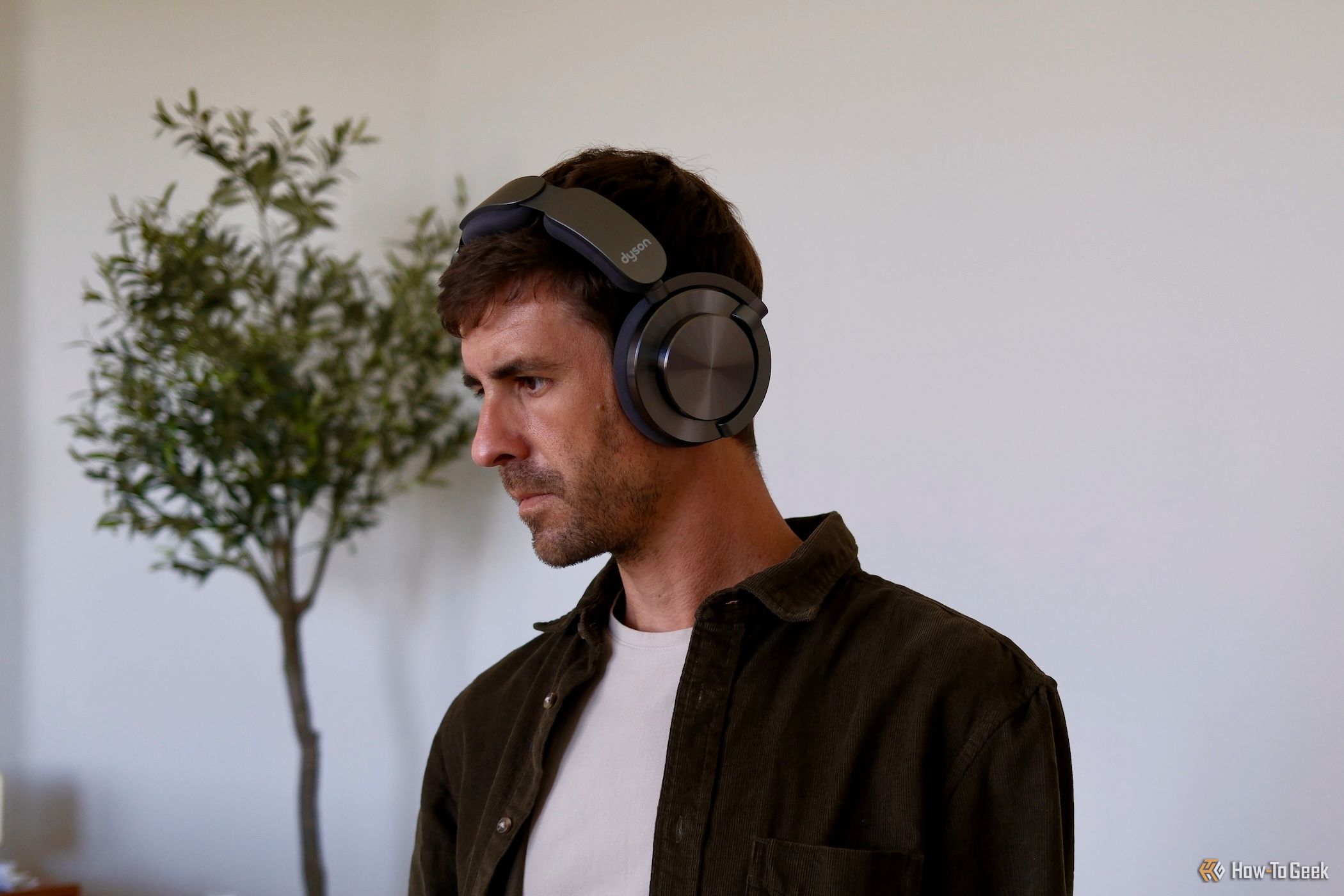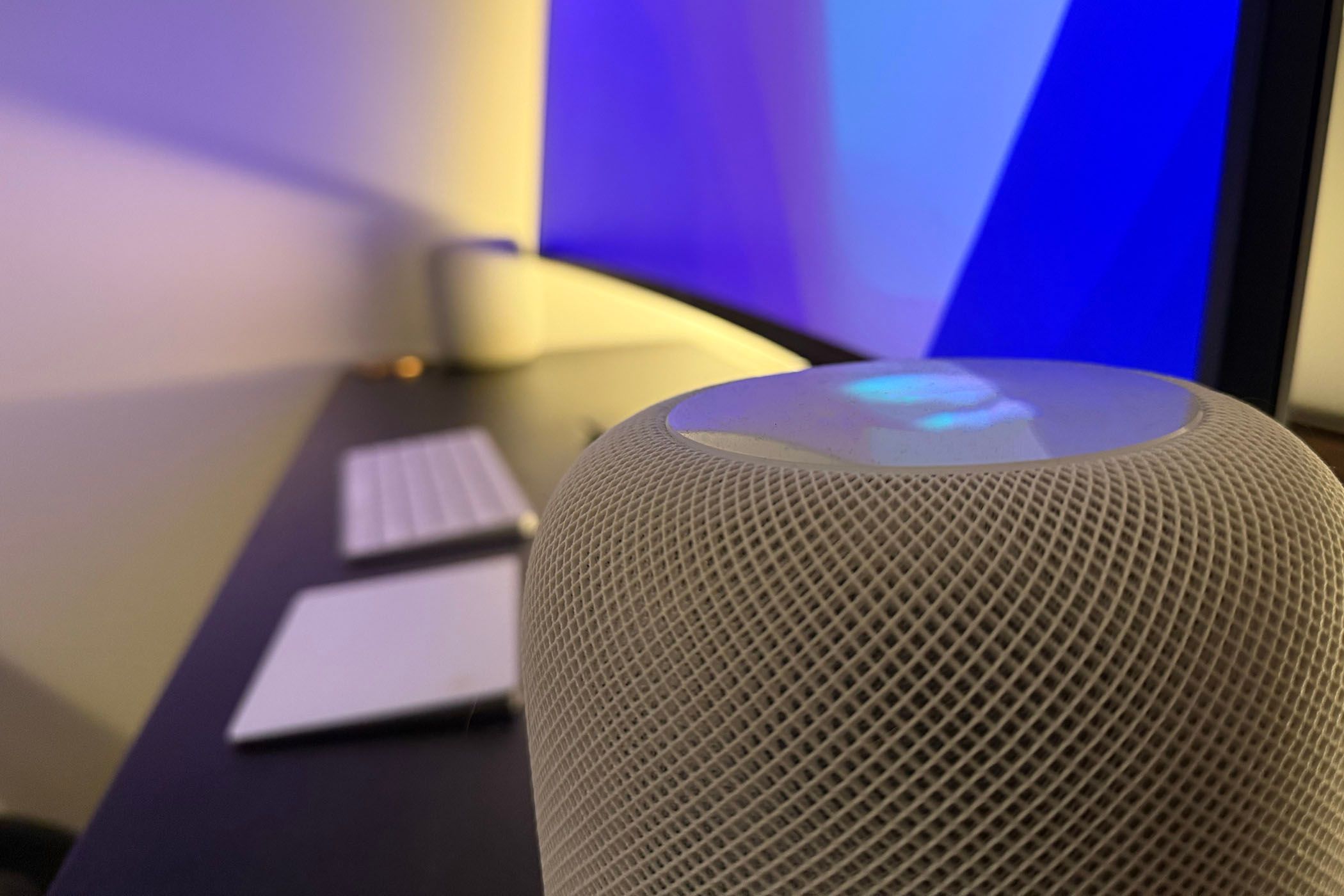Key Takeaways
- Mono has one channel, while stereo has two, creating a more immersive experience through directionality and sound positioning.
- Stereo offers an immersive soundscape due to its ability to “pan” audio and place it in different positions in front of the listener.
- Stereo is usually the preferred choice for music, movies, and TV shows, but mono still serves a purpose in certain scenarios like phone calls.
“Mono” and “stereo” are two common options you may get in audio apps and speaker systems that produce audio in different ways. At the most basic level, mono and stereo audio simply refer to having one or two audio channels, but the difference between these two options can be dramatic, and stereo audio isn’t always the better choice.
Mono and Stereo Sound Defined
Mono or monophonic audio has a single audio channel. No matter how many speakers are involved, every speaker plays exactly the same audio. It’s simple, straightforward, and for a few years the only option anyone had. After all, the first gramophones only had one audio channel!
Stereo or stereophonic audio consists of two channels: left and right. Usually, each channel is meant to be heard by the left and right ear, respectively. While there were already stereo recordings in the 1930s, stereo vinyl records only became mainstream in the late 1950s, with the golden age of stereo vinyl records to follow in the 60s, 70s, and 80s.
What Stereo Can Do That Mono Can’t
The main point of stereo audio is that it can paint an immersive soundscape, letting recording artists play around with our natural stereo perception. While we can hear much more directionality than stereo can provide, it represents perhaps the biggest leap in immersion going from one to two audio channels.
Stereo audio allows for audio to be “panned” from left to right, or for different audio sources to be put on the “sound stage” in different positions in front of you. While stereo sound can’t make it sound like something is behind or above you, it does a great job immersing you in what’s in front of you.
There are some neat tricks that can be done with stereo headphones or with clever audio tricks to simulate surround sound using just two speakers, but it can’t match having five or seven real speakers around you.
Mono audio can have just as many audio layers as stereo, but with only a single channel, it can separate those layers out into a soundscape, and sounds flat in comparison.
Stereo Is Almost Always the Right Choice
When given the choice between listening to something in stereo or mono, for most people, most of the time, stereo is the right choice. Music is almost exclusively recorded in stereo and designed to be listened to that way. Modern movies and TV shows are in stereo at minimum, and a stereo speaker layout is standard in TVs and soundbars. So, unless you have the equipment and content with more channels, you’ll want to stick with the old one-two audio.
Mono Audio Still Has Its Uses
However, that doesn’t mean that mono audio doesn’t have its uses. There are mono audio implementations all around you. When you’re talking on the phone, you’re listening to mono audio. Public address systems use mono audio as well. Many Bluetooth speakers only have one speaker, and therefore downmix audio to a single channel.
The same goes for smart home speakers, and if you are using multiple speakers in sync to spread music across your home or a large room, it makes sense to have them play in mono, since the directionality of the audio would be lost anyway.

VIZIO 5.1 Soundbar SE SV510X-0806
Budget-conscious buyers can get exceptional value with the VIZIO 5.1 Soundbar SE. It delivers impressive audio and modern connectivity in a sleek, easy-to-install package.
It’s also useful to have the option of mono audio when you only want to use a single ear bud, something that’s far more common now with true wireless buds. There’s also an accessibility aspect to mono audio. There are many people who are deaf in one ear, and so switching to mono audio means they don’t miss any dialogue, and can hear all the instruments in music.
Stereo audio is standard these days, and it still sounds great while offering a good balance of equipment cost and complexity, but mono audio will always have its uses, and what’s really important is using the right tools in the right context.







